Did you know that some Japanese onomatopoeia are surprisingly well-known in France?
Thanks to anime, manga, language enthusiasts, and cultural curiosity, words like niko niko and gaan are not only recognized but loved by many French fans.
How French Fans First Encounter Japanese Onomatopoeia
Japanese sound words are not typically part of formal language study — but many French fans discover them naturally through Japanese pop culture and media. Here are some of the ways they begin to connect with these unique expressions:
Language and culture videos
French YouTubers and bloggers often spotlight Japanese onomatopoeia as fascinating examples of linguistic creativity, noting how their sound mimics meaning — a concept that contrasts with more structured French vocabulary.
Anime (e.g., My Hero Academia, Cardcaptor Sakura, Attack on Titan)
Just like in Italy, anime is wildly popular in France. Sound words like niko niko or pyon pyon appear frequently in scenes featuring emotions or action.
Manga (with Japanese sound effects left intact)
In French editions of manga, many sound effects remain in their original Japanese form. This direct exposure helps readers learn and appreciate the expressive power of Japanese sounds.
Cosplay and fan art
At Japan Expo (France’s biggest anime convention), many fans use Japanese sound words on signs, props, and cosplay backdrops — especially cute or dramatic ones like kira kira or gaan!
YouTube and TikTok content
French-speaking creators often incorporate Japanese onomatopoeia into memes or short videos for comedic effect or aesthetic charm — especially when mimicking anime characters or magical girl transformations.
Popular Japanese Sound Words in France
Here are some of the most recognized and enjoyed sound words among French fans. Even if they don’t speak Japanese, many fans can identify and appreciate these words for their sound, feeling, and cultural flair.
Niko Niko (にこにこ)
Meaning: Smiling cheerfully
Where it appears: Anime characters, emotes, merchandise
French fans adore this happy, friendly sound that represents a beaming smile. It often appears in slice-of-life anime or as part of a character’s signature personality. Some even use it playfully in captions or cosplay photos.
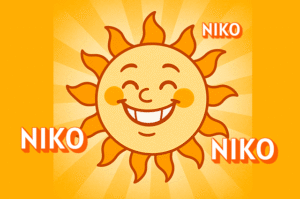
Kira Kira (きらきら)
Meaning: Sparkling or shining
Where it appears: Magical girls, transformation scenes
A favorite in France’s shojo fan community, kira kira instantly brings to mind glitter, stars, or a magical glow. French fans often recognize it visually from manga sparkles and associate it with elegance and charm.
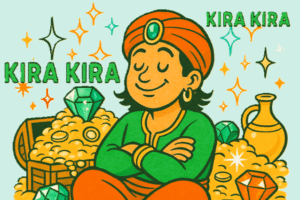
Pyon Pyon (ぴょんぴょん)
Meaning: Bouncing, hopping
Where it appears: Bunny characters, chibi scenes
This bouncy sound word delights many French fans because it’s both cute and rhythmic. It doesn’t translate neatly into French, which makes it feel even more charming and special.
Gaan! (がーん!)
Meaning: Sudden shock, emotional hit
Where it appears: Comedy anime, reaction faces
Gaan! expresses disappointment, emotional damage, or a comic “oh no!” moment. French fans, especially in meme communities, love its over-the-top feeling and use it playfully in reactions and fan art.
Zuru Zuru (ずるずる)
Meaning: Slurping (especially noodles)
Where it appears: Food scenes in anime
In France, where table manners differ, zuru zuru is fascinating — it reflects a cultural difference in eating styles. Many food-loving fans find it both fun and informative, and sometimes imitate it jokingly.
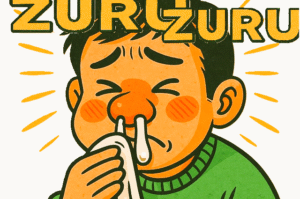
Why French Fans Love These Words
They appear in memorable, emotional, or comedic moments
They’re cute, funny, or expressive on their own
French doesn’t have an exact equivalent — which makes them feel exotic and poetic
They help capture anime/manga emotions instantly
Fun Fact
The Japan Expo in Paris is one of the largest Japan-themed conventions in Europe — and Japanese sound words like kira kira, gaan!, and niko niko are frequently seen on posters, signs, and merch.
Some French fans even claim these words feel more “emotional” than real French vocabulary!

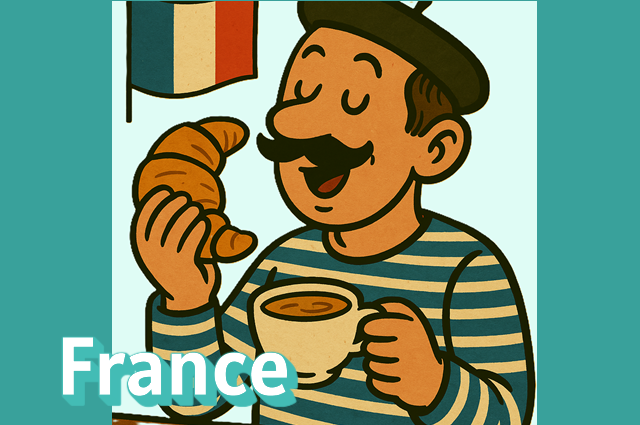
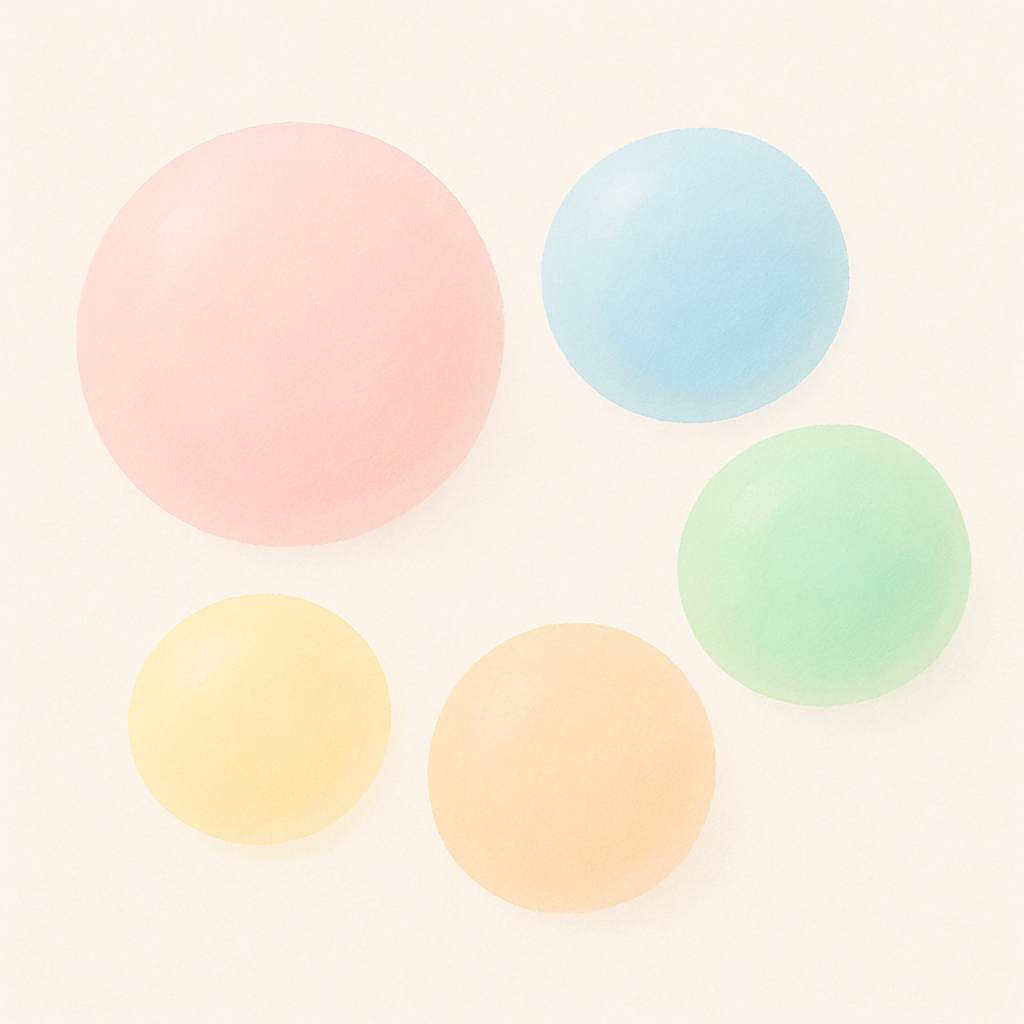

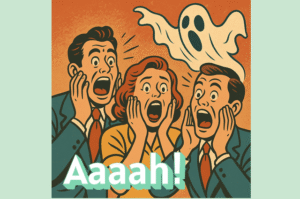
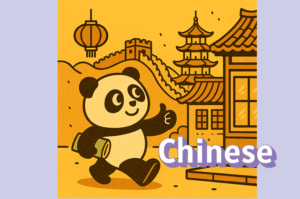
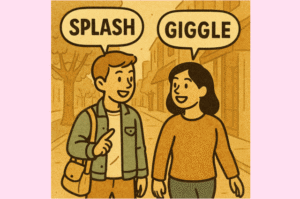

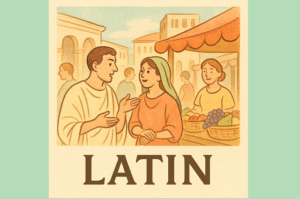
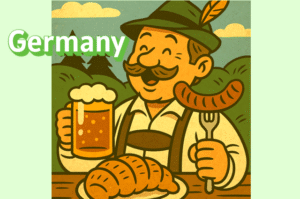

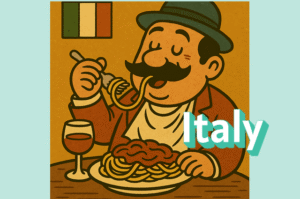
Comments